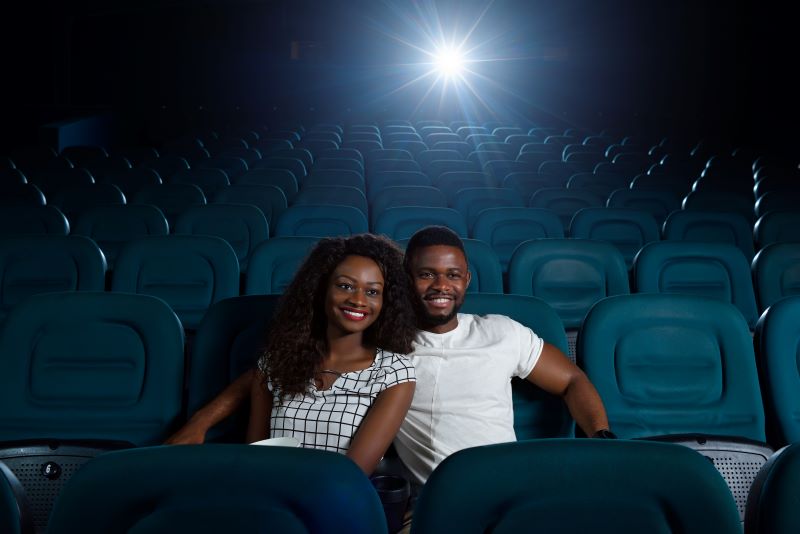Image by andreas on Freepik
If you ask the question, “What’s the first thing that comes to your mind when you hear the word ‘Jamaica’?” You’ll get tons of similar answers. You will hear “friendly people”, “rasta”, “white sand beaches”, and “reggae and dancehall music”.
Think of Jamaica and certain things come to mind – one of which is the dancehall culture. Jamaican dancehall is more than a genre of music and dance. It is a cultural phenomenon that has left a lasting mark on the global entertainment landscape.
Even though the country is just a speck when compared to other countries, this island nation has had a huge impact on the global scene and is one of the biggest contributors to the music industry. It is the birthplace of some of the most widely played music genres, such as reggae, riddim, rocksteady, and dancehall. No matter where you go in the world, whether in Europe or as far as Australia, there’s someone there who has heard about Jamaica and all it has to offer.
The Jamaican dancehall culture is very exciting; the dance moves, clothing, beat, and accent are quite interesting. People from all over the world come to this island to experience real dancehall because it is different from their regular lifestyle.
How Did it Begin?
Jamaican music has changed over the years from ska to reggae and the popular dancehall of today. Dancehall began in the late 1960s, borrowing the twisted rhythms of reggae music. It was named after dance halls in Jamaica which were very popular at the time and was initially referred to as Bashment music. These halls held dances in inner-city sections of metropolitan areas, like Kingston, during the 1950s and 1960s and were known to play upbeat and diverse dance tunes. The DJ played early forms of reggae such as rocksteady ska and R&B from the United States, creating new lyrics for instrumental songs, called riddims – a pronunciation of “rhythms” with a Jamaican patois – in a delivery style similar to rapping in hip-hop.
Jamaican music producers like Duke Reid and Henry “Junjo” Lawes created the first dancehall recordings in the 1970s. By the 1980s, performers like Yellowman and U-Roy created the template for modern Jamaican dancehall music. By the mid-80s, producers like King Jammy created songs using electronic instruments instead of older recordings with analog instruments and faster beats, which marked the beginning of the digital dancehall or ragga subgenre.
The 1990s saw the genre growing in popularity globally and became widely played in Jamaica. Dancehall moved into the global market in the new millennium, paving the way for new artists to expand and refine the genre. At this point, the genre had incorporated elements of mainstream pop music which influenced its chorus, lyrics, and beat production.
Not long after, many well-known mainstream artists started making Dancehall music. Drake’s 2016 hit song One Dance, which features Nigerian artist Wizkid and British singer Kyla, is one such example. Another example is Rihanna’s single Work also released in 2016 which is one of her biggest hits to date.
Top Artistes Who Have Made Hits with the Dancehall Sound
Dancehall’s popularity has grown beyond the borders of Jamaica, thanks to dancehall artists who have driven the subgenre of reggae music into the streets, the clubs, and the radios of listeners across the world.
Let’s take a look at some of these artists who have gained widespread recognition across the globe.
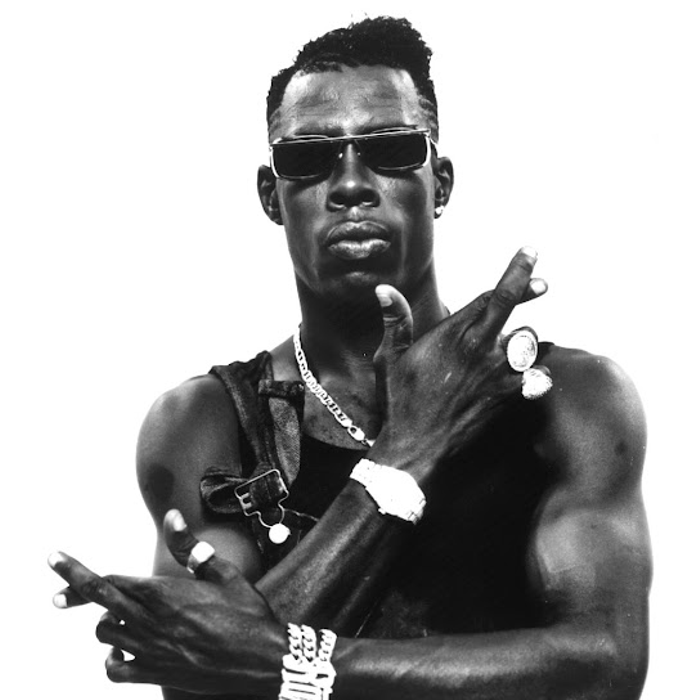
Shabba Ranks. Source: Youtube Music
Shabba Ranks: One of the most talented Dancehall artists of all time, the Jamaican legend produced some of its biggest crossover hits in the 1980s and 1990s. Some of his songs include Ting-A-ling, Mr. Loverman, Bedroom Bully, and Caan Dun. He won a Grammy for his 1992 album As Raw As Ever, and another one in 1993 with X-Tra Naked.
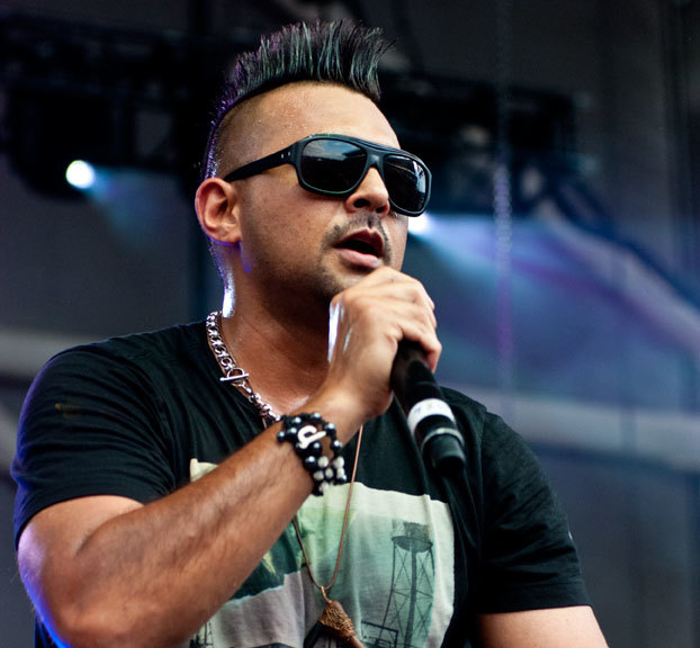
Sean Paul. Source: Wikimedia Commons
Sean Paul: Even those who may have never heard of dancehall music know this name. Sean Paul was the king of Dancehall music during the 2000s as it was hit after hit for the singer. He dominated Dancehall music with hits like I’m Still in Love With You, Temperature, Get Busy, and many more. His second studio album, Dutty Rock, won a Grammy for Best Reggae Album in 2004.
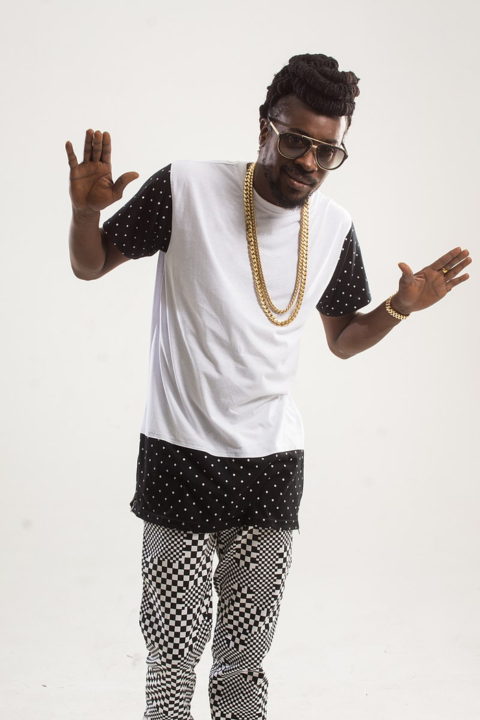
Beenie Man. Source: Wikimedia Commons
Beenie Man: Kingston born and raised, this renowned veteran in dancehall began his journey in music during the 1980s, releasing his first project at the age of 10 years old. Also known as The Girls Dem Sugar, Beenie Man was one of the top icons in the dancehall and reggae realm during the 2000s.
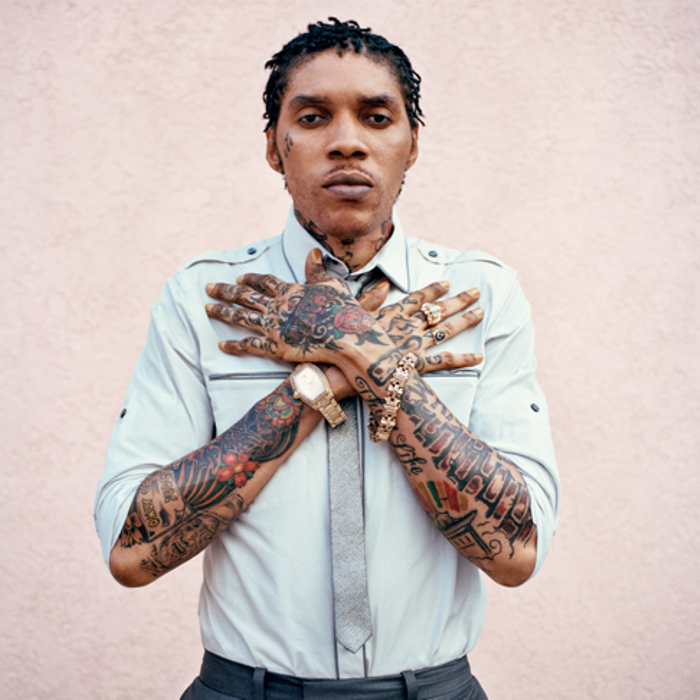
Vybz Kartel. Source: Apple Music
Vybz Kartel: His career dates back to the early 1990s and he has remained the king of dancehall music during the 2020s. Vybz Kartel became one of the top Dancehall artists of the 2010s and 2020s.
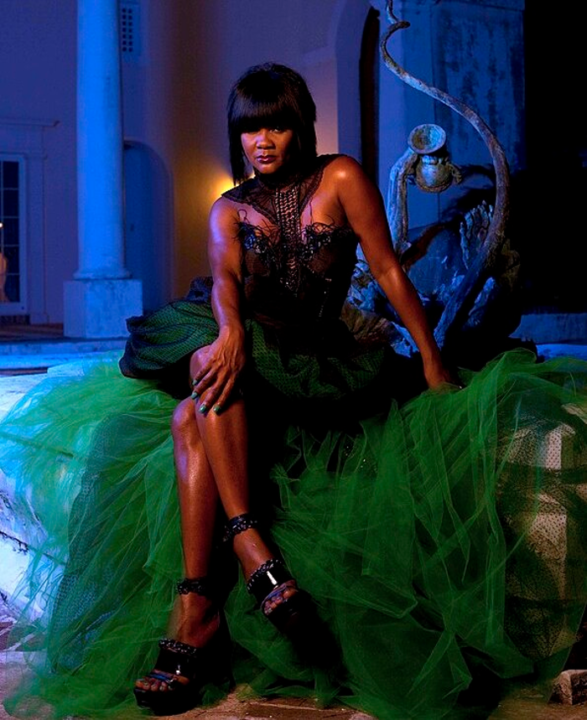
Lady Saw. Source: Wikimedia Commons
Lady Saw (Marion Hall): She has another apt name among music fans – Queen of Dancehall. Considered one of the best dancehall artists of all time, Lady Saw made a name for herself with 1997’s raw and uncut album Passion. She was one of the very first true female superstars of dancehall music.
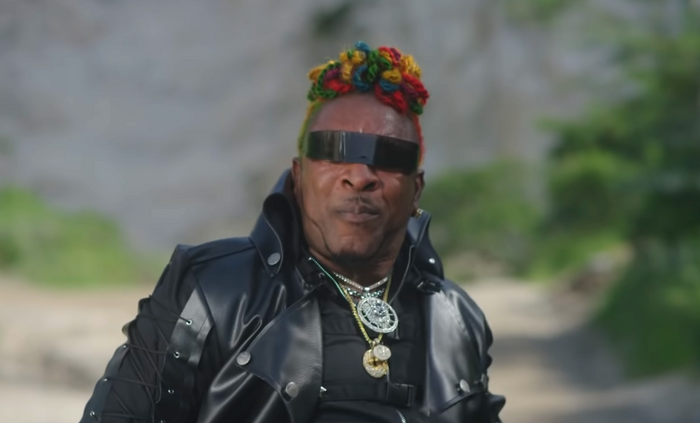
Elephant Man in music video for Find It. Source:Youtube | Elephant Man
Elephant Man: Born in Kingston, Jamaica, the dancehall singer started his musical career as a member of the Scare Dem Crew, later continuing as a solo artist. The Pon De River superstar grew in popularity during the 2000s, expanding his reach into hip-hop and America’s pop culture.
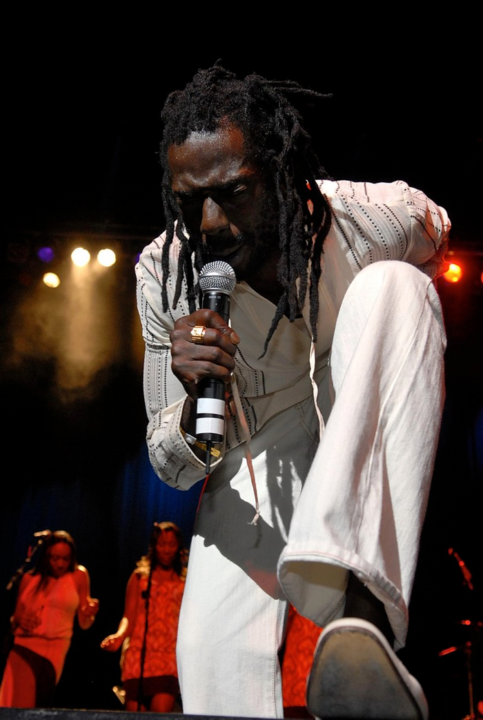
Buju Banton. Source: Wikimedia Commons
Buju Banton: One of Dancehall’s most acclaimed artists, Buju began his recording career in the 1980s but exploded with the back-to-back releases of Stamina Daddy and Mr. Mention in 1992. He released one of the greatest reggae and dancehall albums of all time, 1995’s ‘Til Shiloh.
Influence on Fashion and Dance
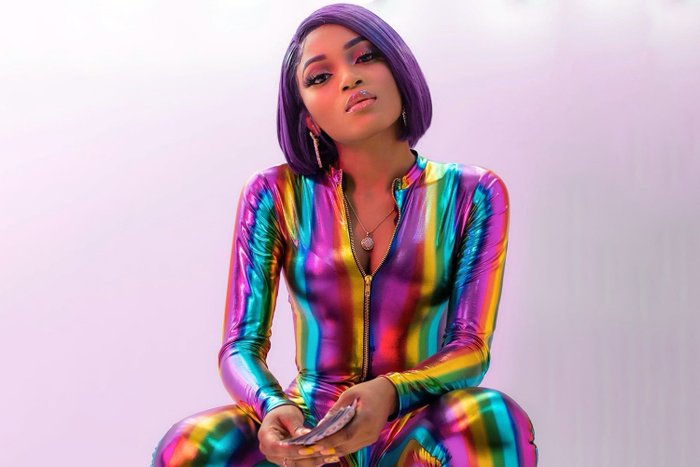
Dancehall artist Moyann. Source: Instagram | just_moyann
Dancehall has influenced and been influenced as it keeps growing and reinventing itself, contributing to local and international trends and brands.
The influence of Dancehall culture extends beyond just musical elements. It encompasses fashion, dance, and an entire lifestyle. The influence on fashion can be seen in streetwear brands, runway collections, and the personal style of fashion enthusiasts. It is known for its bold and attention-grabbing patterns, vibrant colors, and statement accessories which are all reflective of the infectious melodies that define dancehall music.
As dancehall music continues to spread its infectious beats, its influence on global fashion has gone beyond clothing. It has also influenced beauty and hairstyling trends. Fashion enthusiasts are embracing bold and creative hairstyles, vibrant hair colors, and intricate braiding techniques inspired by the expressive hairstyles seen in dancehall culture.
Dancehall has also set the trends for dance moves, with its pulsating rhythms and infectious beats influencing the development of unique dance styles. From the streets of Brooklyn to dance studios in Tokyo, dancehall culture has found its way into mainstream music videos. Contemporary choreographers and dancers draw inspiration from it, incorporating its movements into dance and pop performances. The vibrant spirit of Dancehall culture is reflected in dance styles, such as the popular “Bogle,” “Nuh Linga,” and “Fling Yuh Shoulda,” which incorporate elements of social, street, and traditional Jamaican dances.
Artists from various genres, such as Rihanna and Beyoncé, have incorporated dancehall-inspired choreography into their music videos and live shows.


